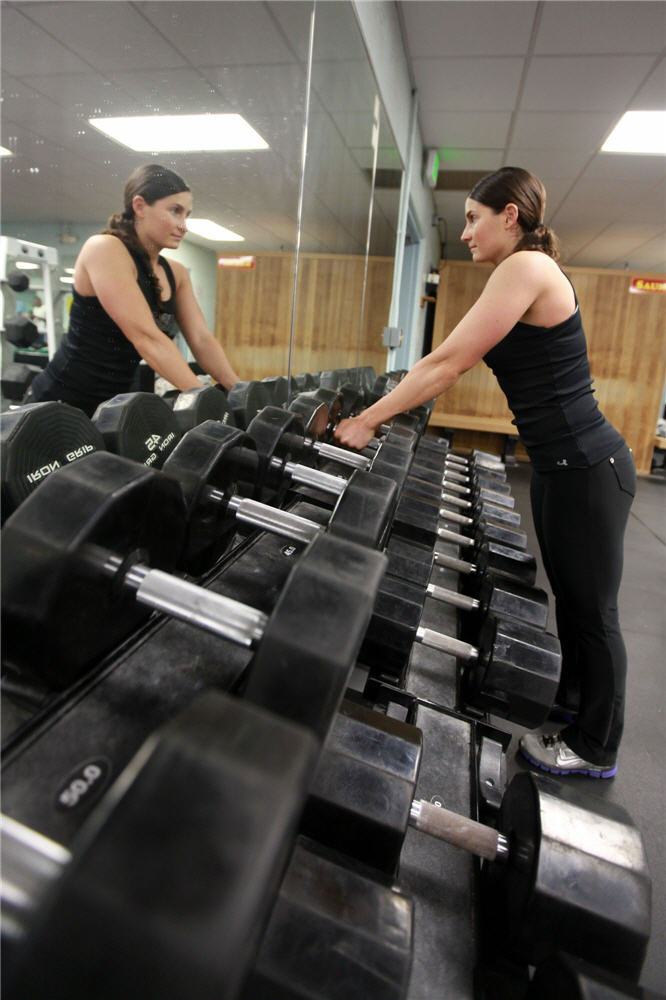
One of the best ways to stay fit and healthy as you age is by doing strength and power training exercises.
You may know that starting in our thirties, we all begin to lose muscle mass. This loss actually contributes to achy joints, increased risk of injury, and the “middle-age spread” we all dread. What’s more, the older we get, the faster muscle mass disappears. That means that eventually, simple tasks like getting out of a chair and climbing stairs can become more difficult.
Strength training can help you build muscle, make you strong, increase your endurance and make everyday activities easier. By combining strength and power training exercises you’ll not only get stronger, you’ll build speed and improve your reaction time. That’s critical as you age, because it can help prevent falls.
Most of us know that strength training (with free weights, weight machines, or resistance bands) can help build and maintain muscle mass and strength. What many of us don’t know is that strong muscles lead to strong bones. And strong bones can help minimize the risk of fracture due to osteoporosis.
A combination of age-related changes, inactivity, and inadequate nutrition conspire to gradually steal bone mass, at the rate of 1% per year after age 40.
As bones grow more fragile and susceptible to fracture, they are more likely to break after even a minor fall or a far less obvious stress, such as bending over to tie a shoelace.
Osteoporosis should be a concern for all of us. An estimated eight million women and two million men in the United States have osteoporosis. It is now responsible for more than two million fractures each year, and experts expect that number will rise. Hip fractures are usually the most serious. Six out of 10 people who break a hip never fully regain their former level of independence. Even walking across a room without help may become impossible.
Numerous studies have shown that strength training can play a role in slowing bone loss, and several show it can even build bone. This is tremendously useful to help offset age-related declines in bone mass.
Activities that put stress on bones can nudge bone-forming cells into action. That stress comes from the tugging and pushing on bone that occur during strength training (as well as weight-bearing aerobic exercises like walking or running). The result is stronger, denser bones.
And strength training, in particular, has bone benefits beyond those offered by aerobic weight-bearing exercise. It targets bones of the hips, spine, and wrists, which are the sites most likely to fracture. What’s more, resistance workouts — particularly those that include moves emphasizing power and balance — enhance strength and stability. That can boost confidence, encourage you to stay active, and reduce fractures another way — by cutting down on falls.
